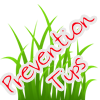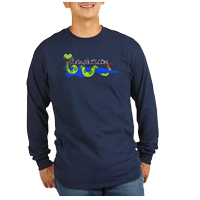
The Red Tailed Boa on St. Croix, United States Virgin Islands
Background - Since 2012, more than 52 Red Tailed Boas (Boa Contrictors) have been caught on St. Croix. These boas have ranged in size from 14 inches to 13 feet in length (6 feet is considered adult length). Boas can feed on a wide variety of mammals, birds, and other reptiles. The female boas retain their eggs inside their bodies. They can give birth to between 6 and 60 live young. Typically solitary, boas have been occasionally found in small groups. Younger, smaller boas can frequently be found in trees, as they get heavier they tend to be more terrestrial.
The first boa we recovered was a pet that had become "too large and too dangerous", so the owner decided to release it into the rainforest. Most other boas were likely released by people moving off island who decided not to take their pets, so they "loose dem". Almost all of the boas caught on St. Croix have been caught on the West End of the island, between Estate Northside and Estate La Grange.
Most snakes will not try and strike or attack people, however if they are cornered, they may become defensive. Speaking strictly about red tailed boas, they will not try to "track you down"; they are looking for a place that is quiet and safe to hide. Boas do not move fast(they are not going to outrun you). They are more stealthy movers, quiet and slow-moving, so they are not seen by their prey. However, they can strike very quickly.
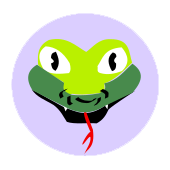


What to do- If you see a snake on St. Croix, you should stay at least one to one and a half body lengths (10 feet) from a snake to prevent from being bitten. Please report it immediately to 911 and continue to monitor its movements. 911 and VIPD will contact a profesional that will catch the snake. So far, only red tailed boas, which are not venomous, have been caught. However, it cannot be assumed that only non-venomous snakes were brought to the island. Only trained professionals should handle snakes. They have the background, tools, and containers to capture, handle and safely transport many different species of snakes.
Photos -
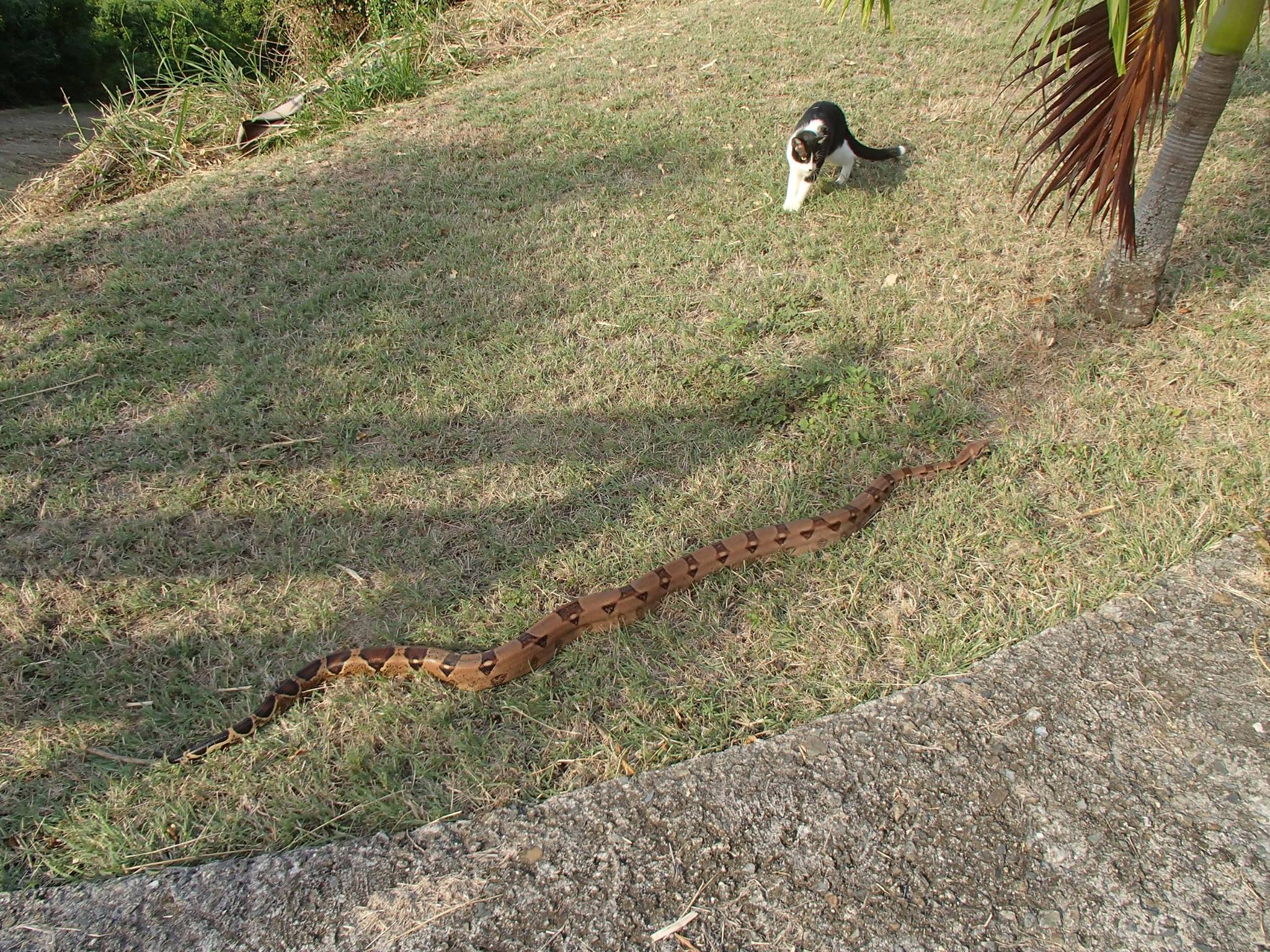
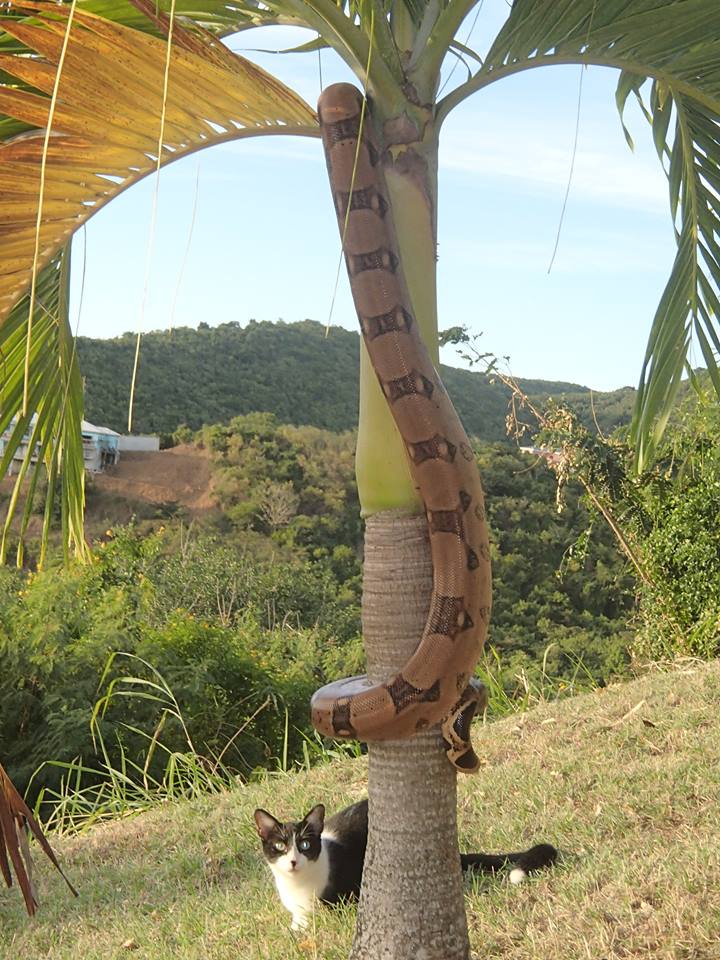
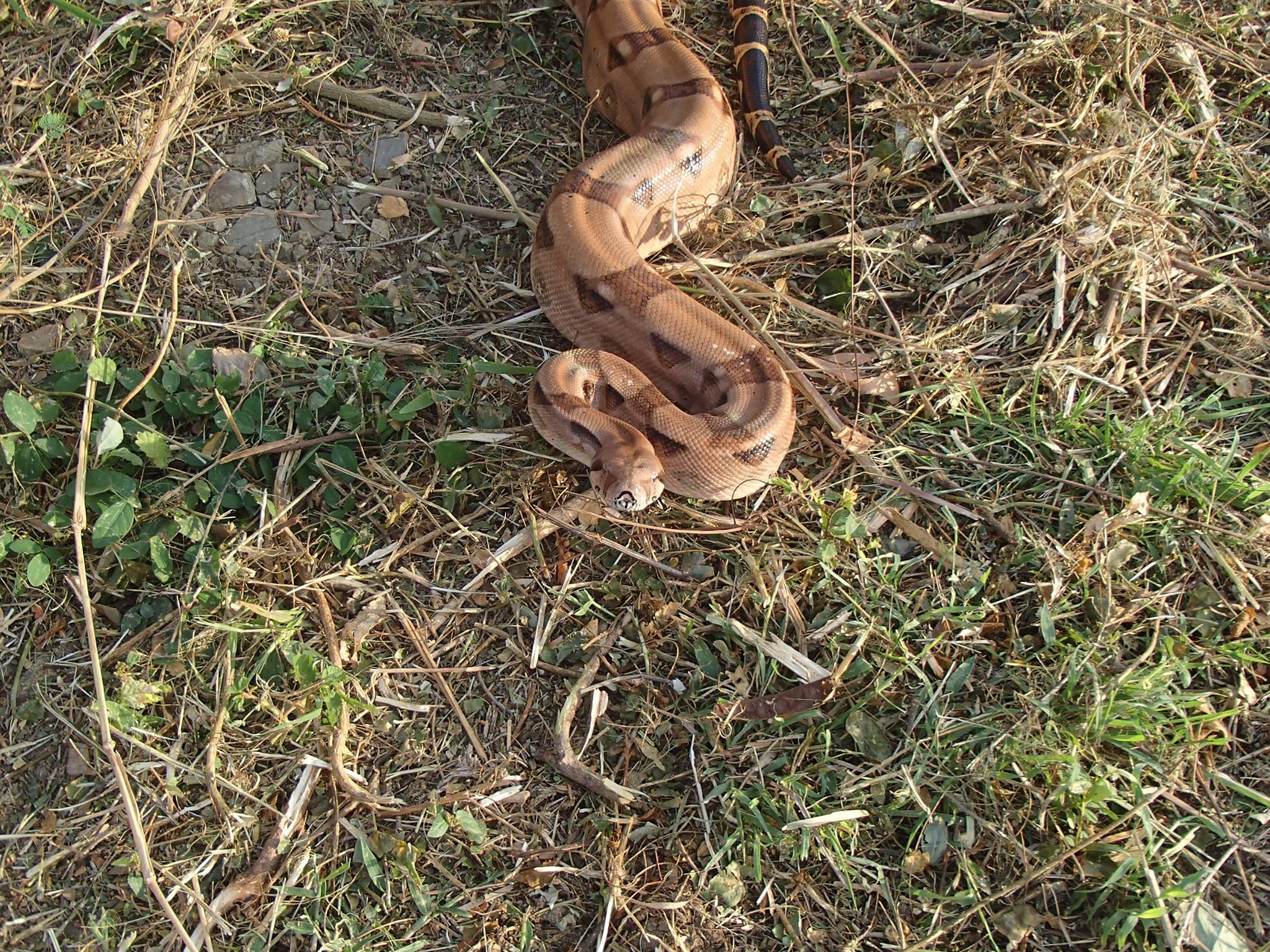
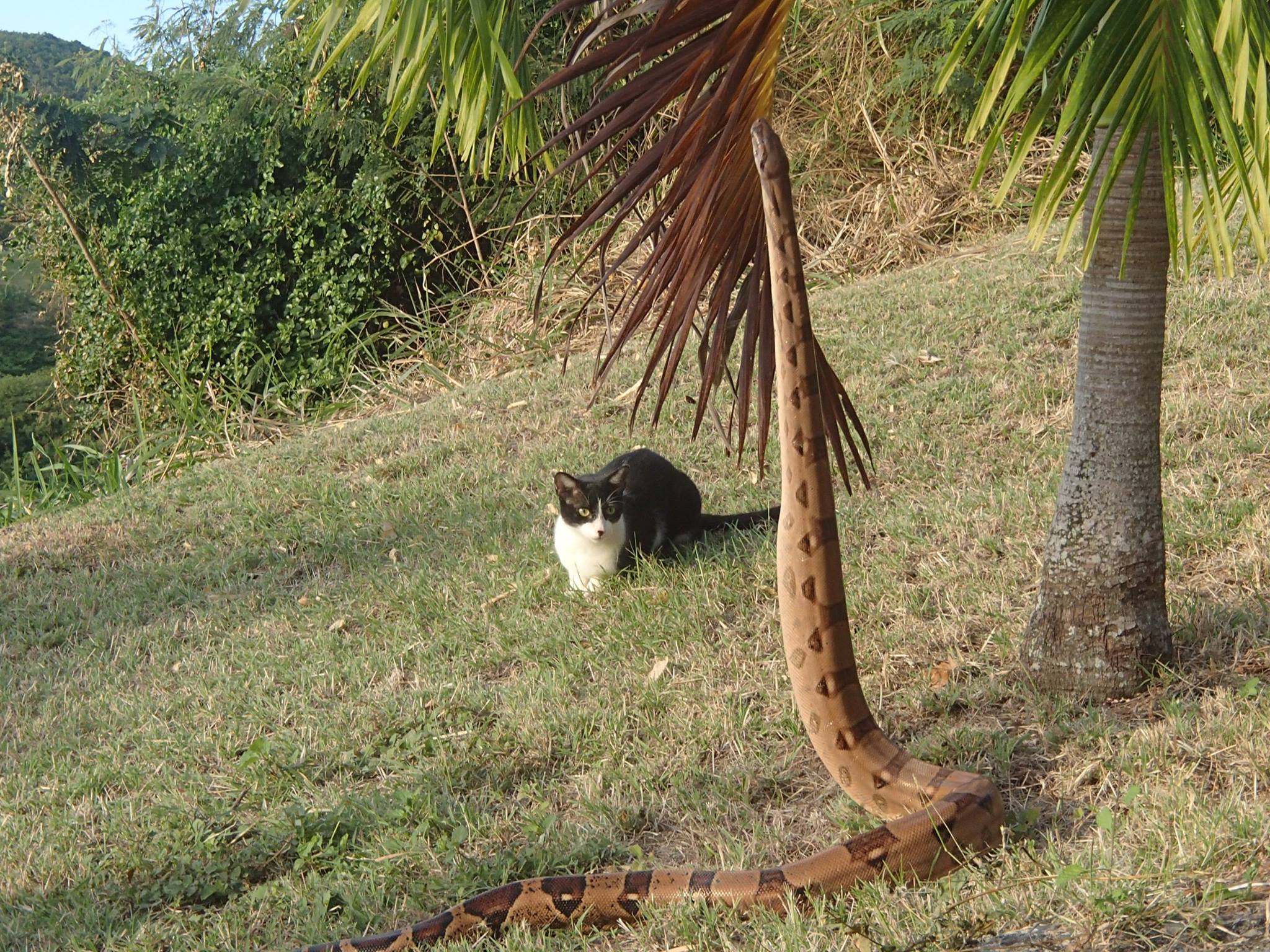
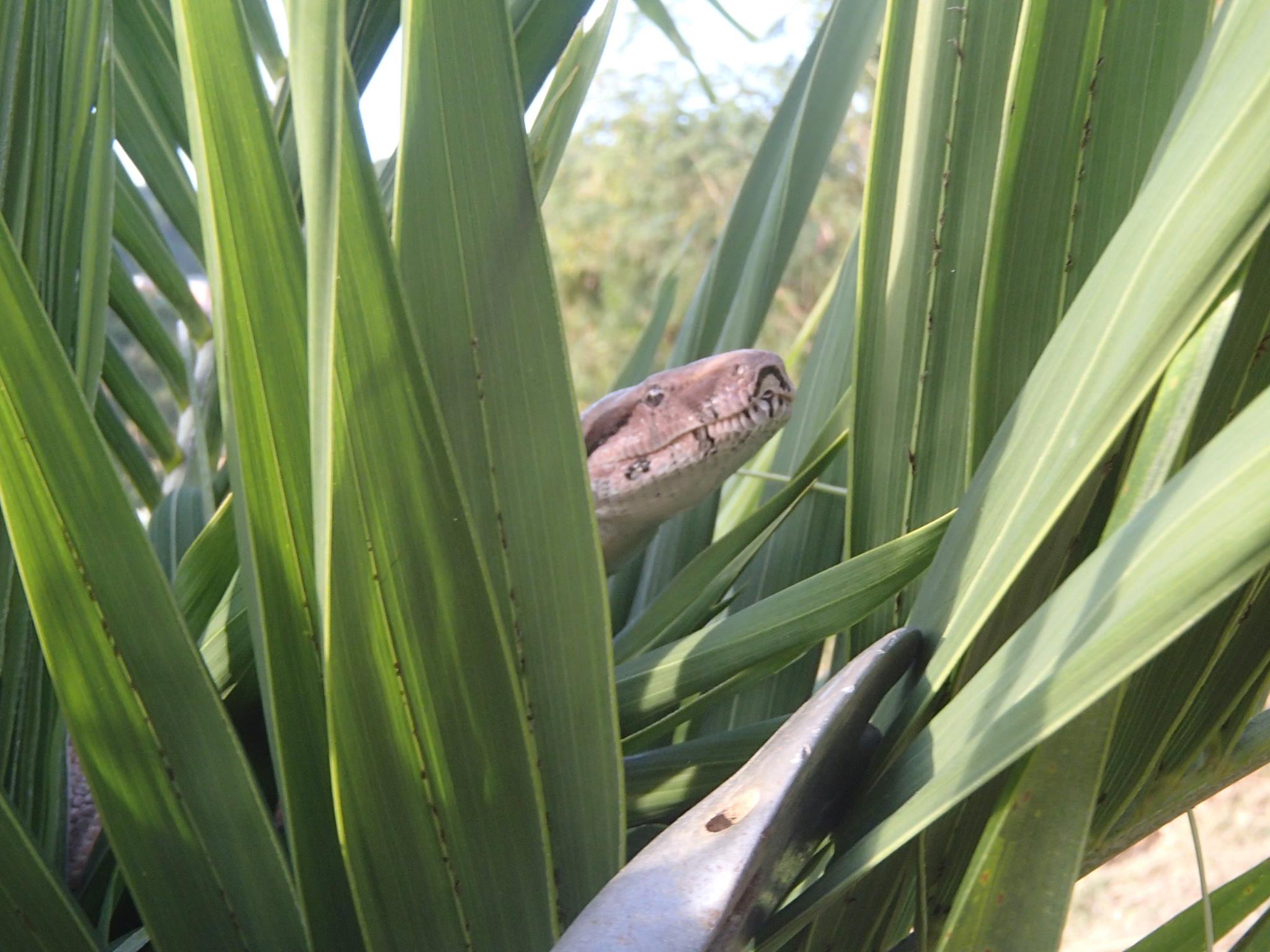
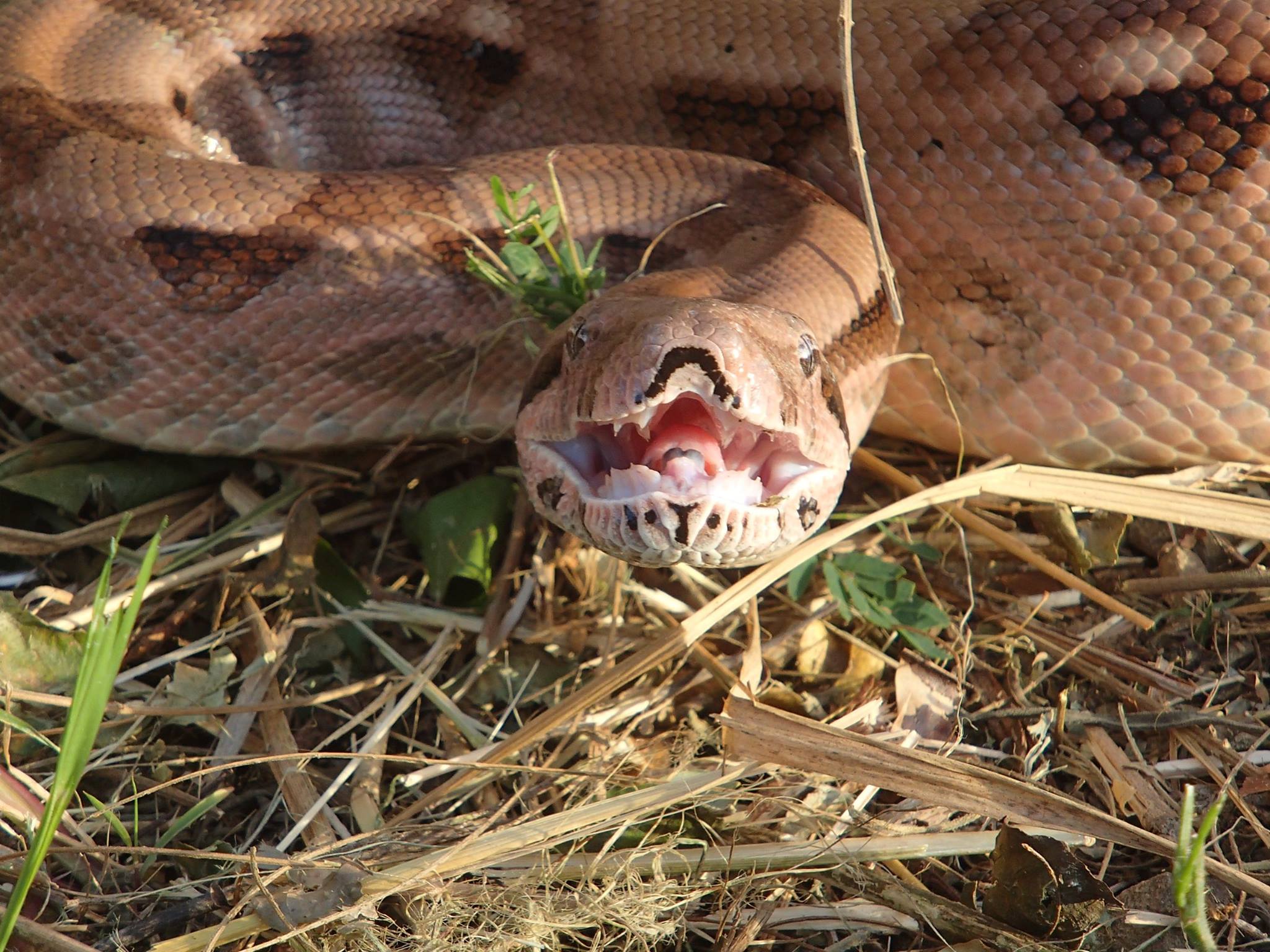
.jpg)
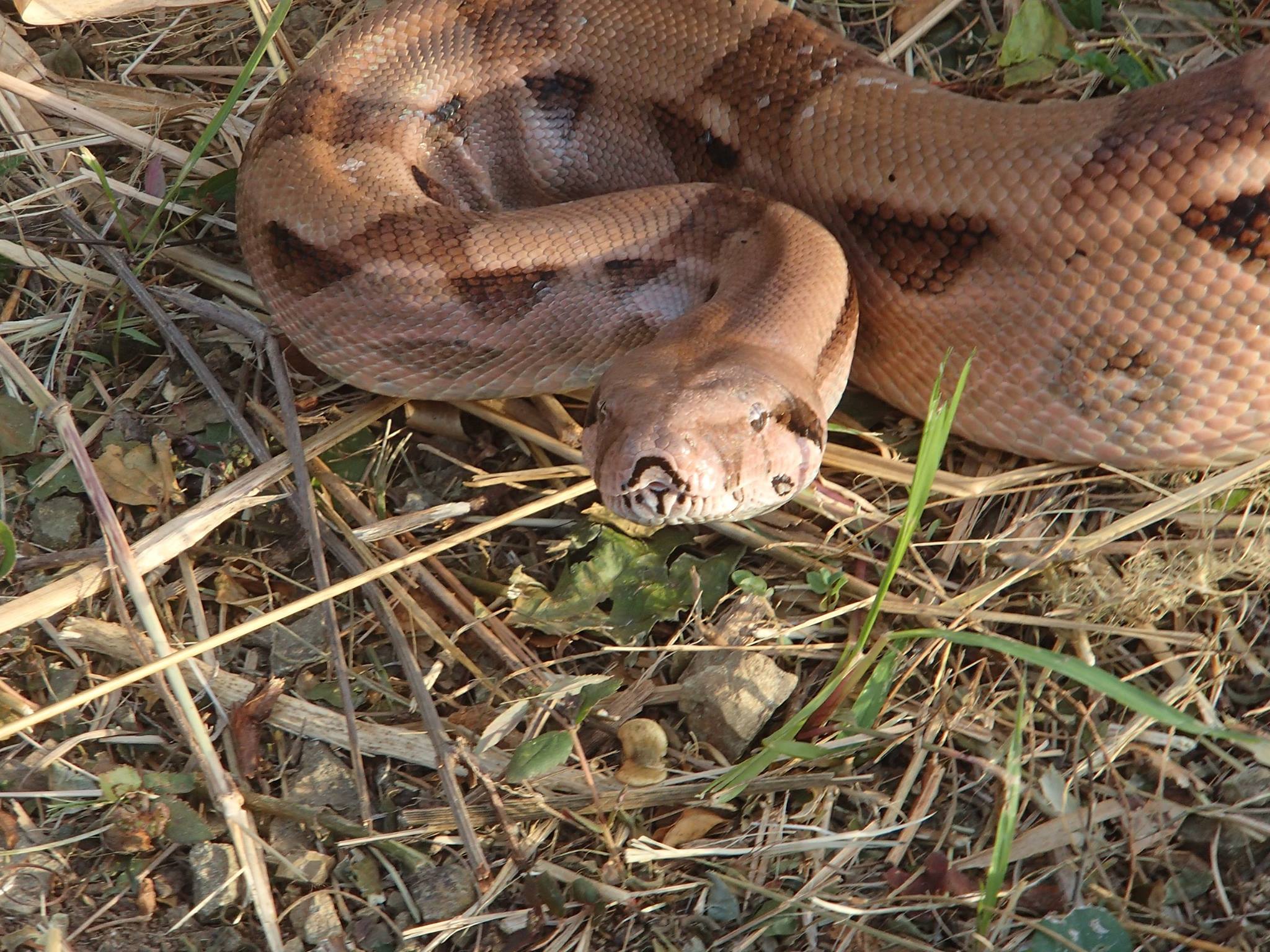
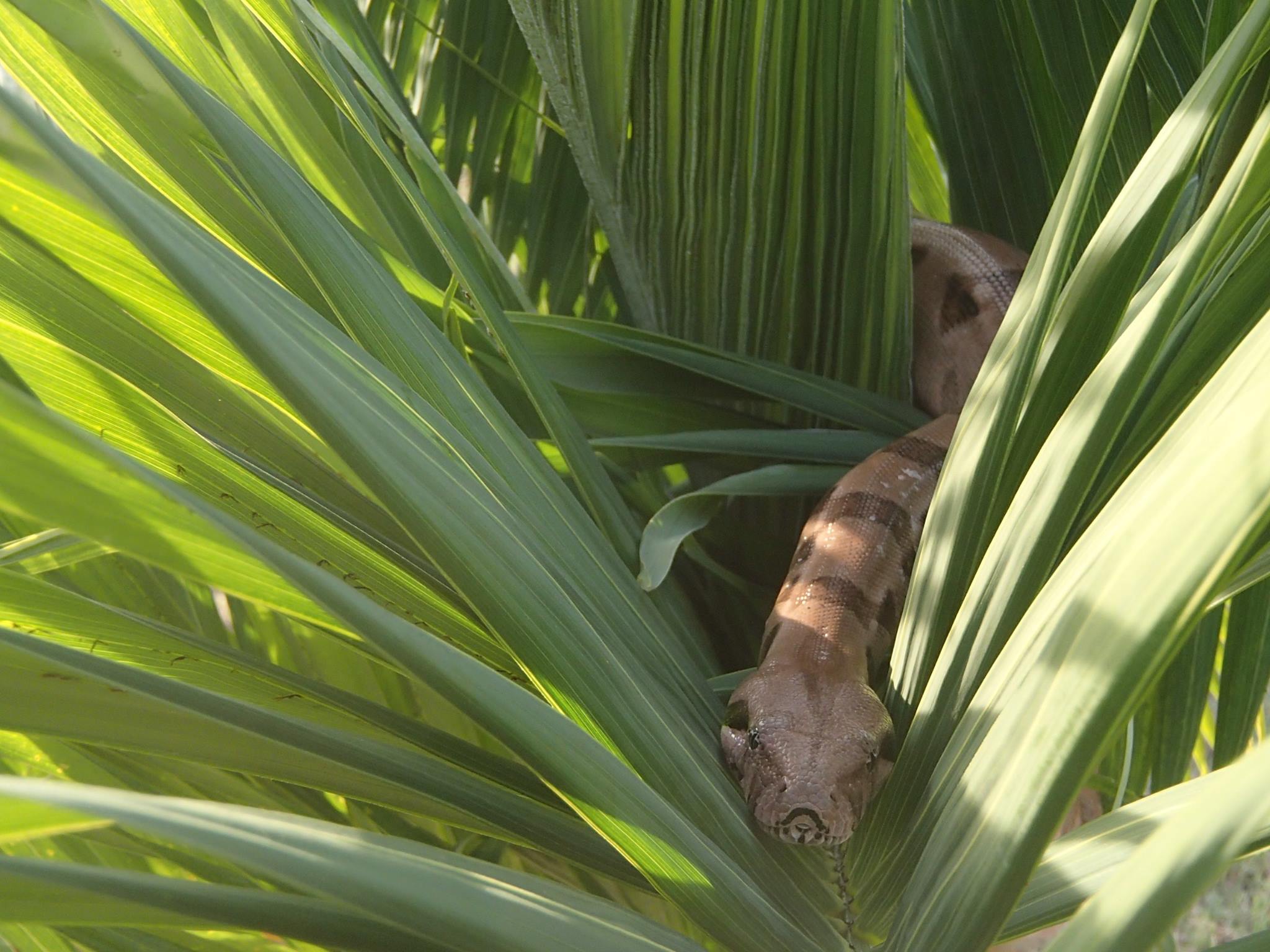
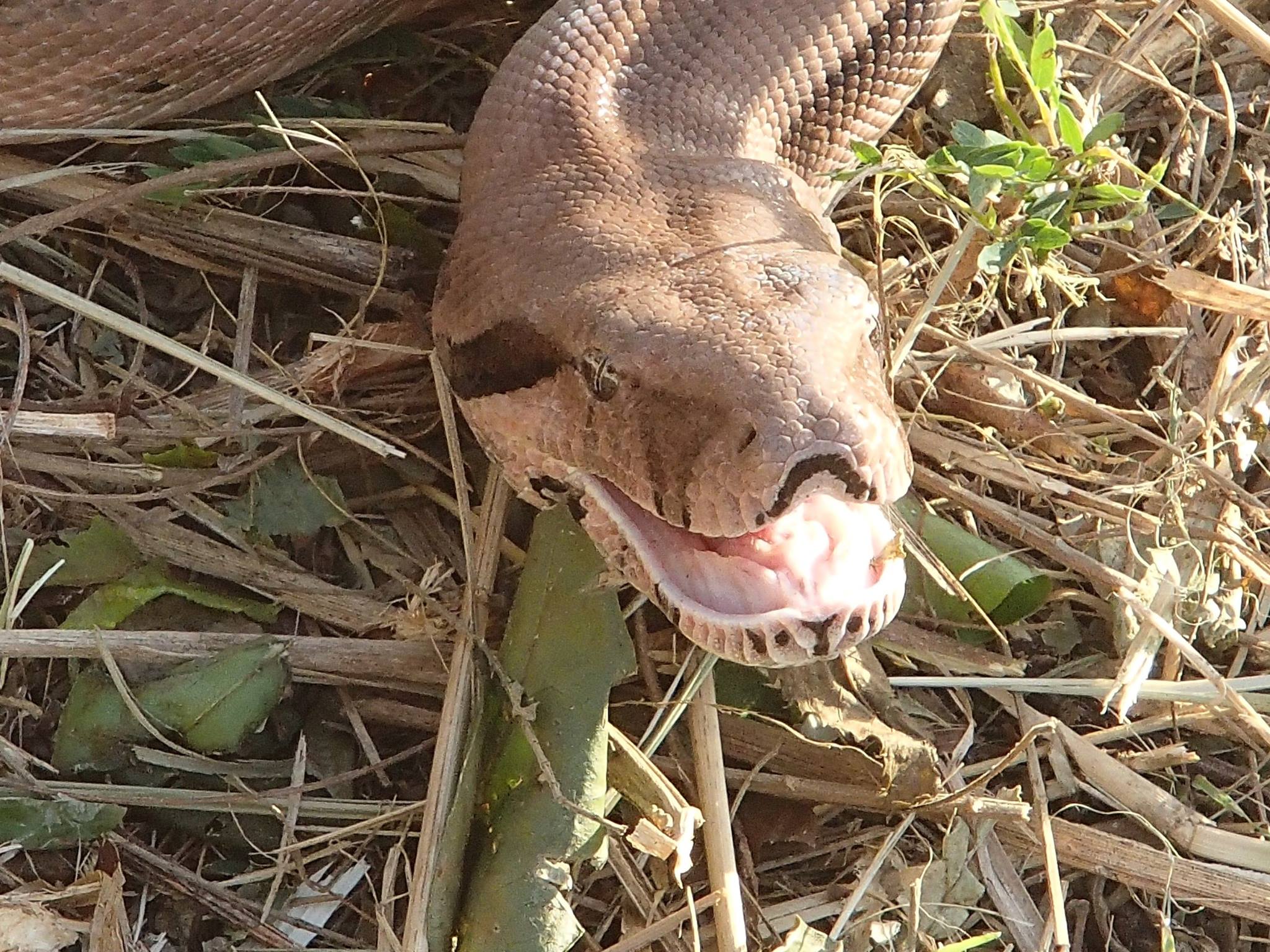
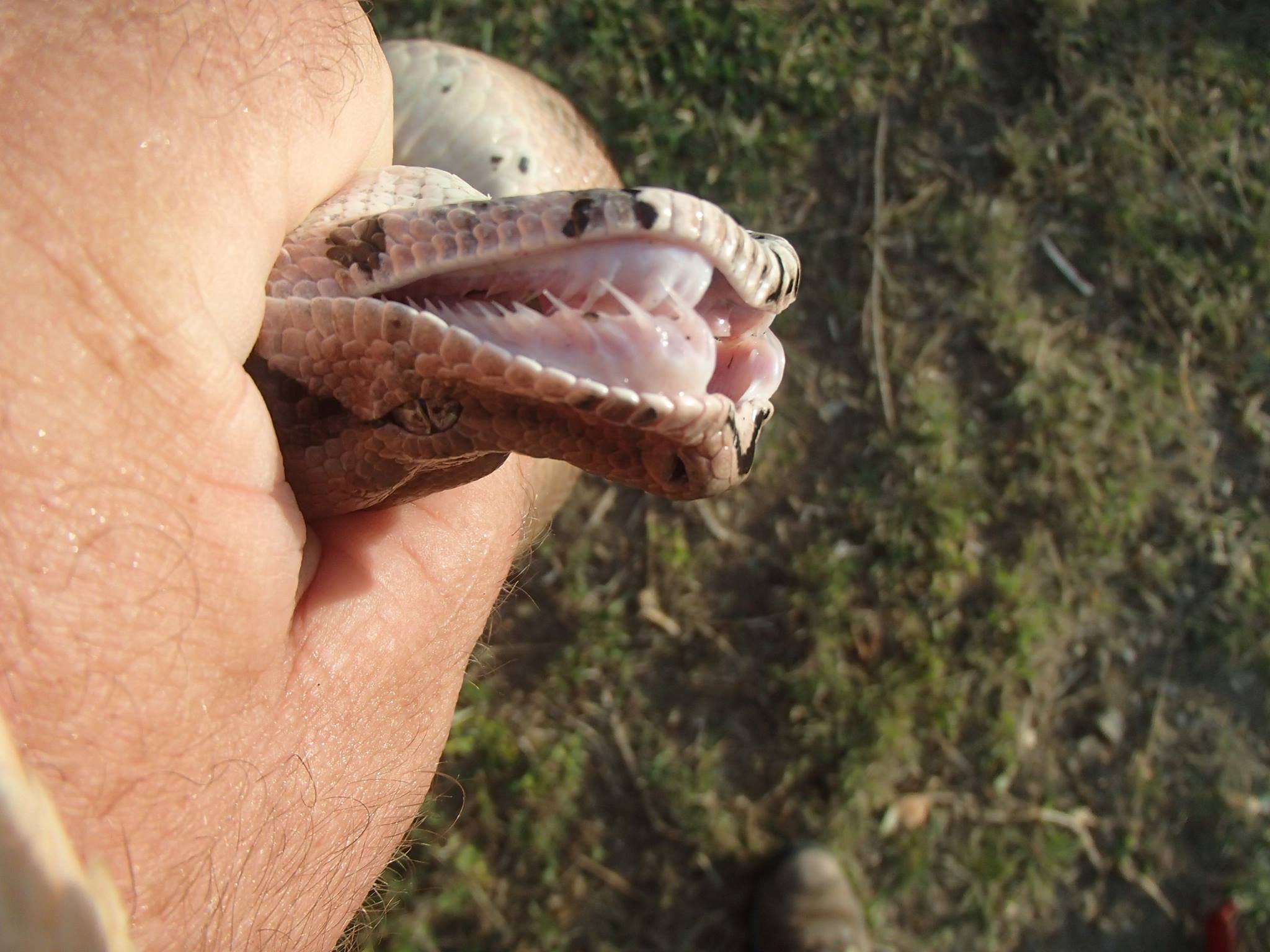
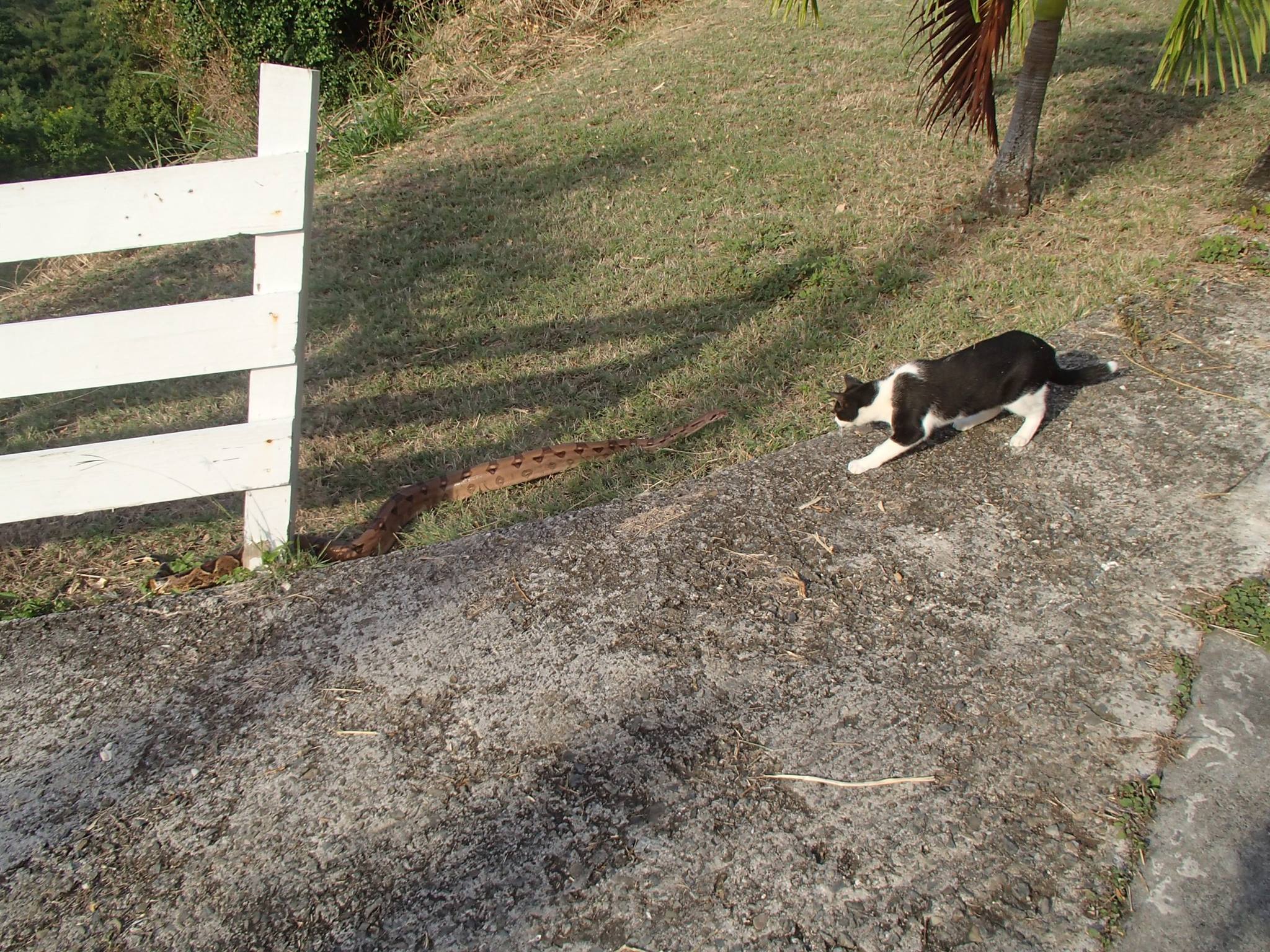
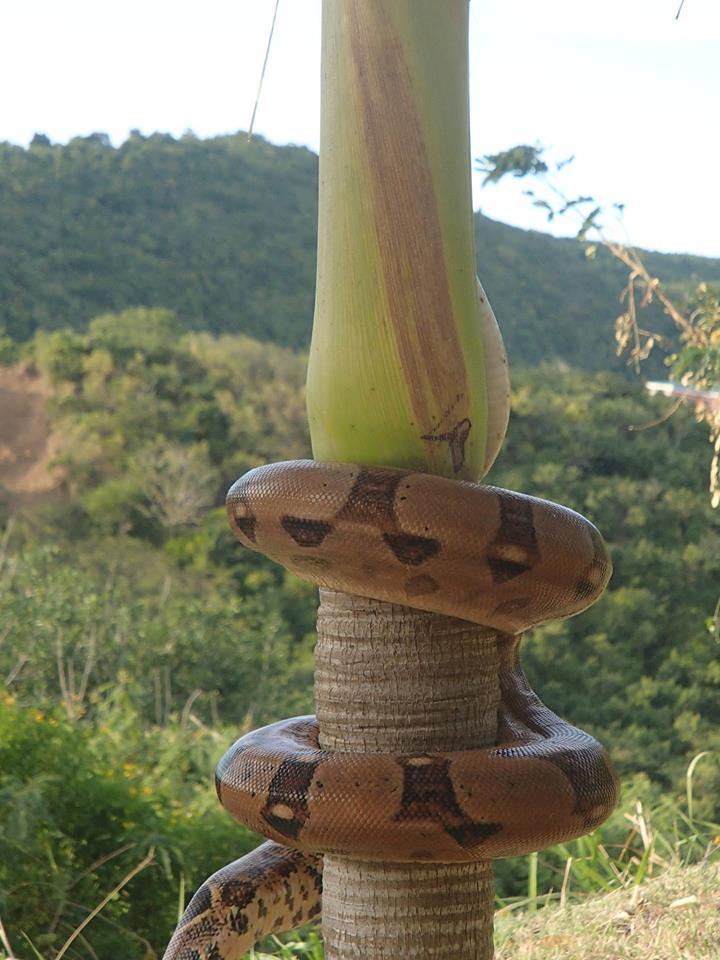
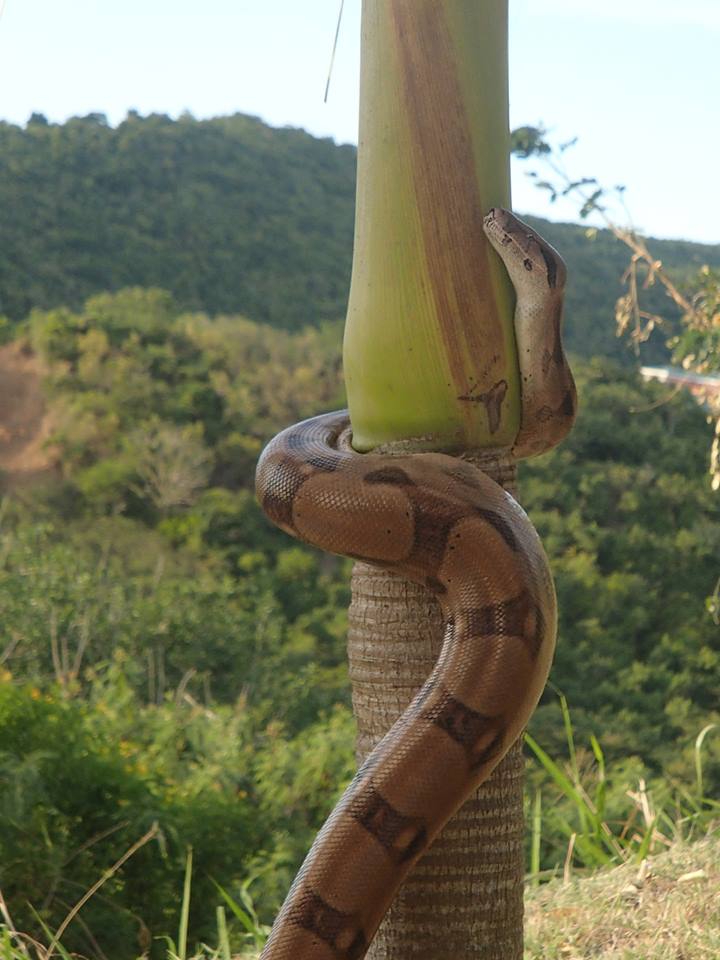
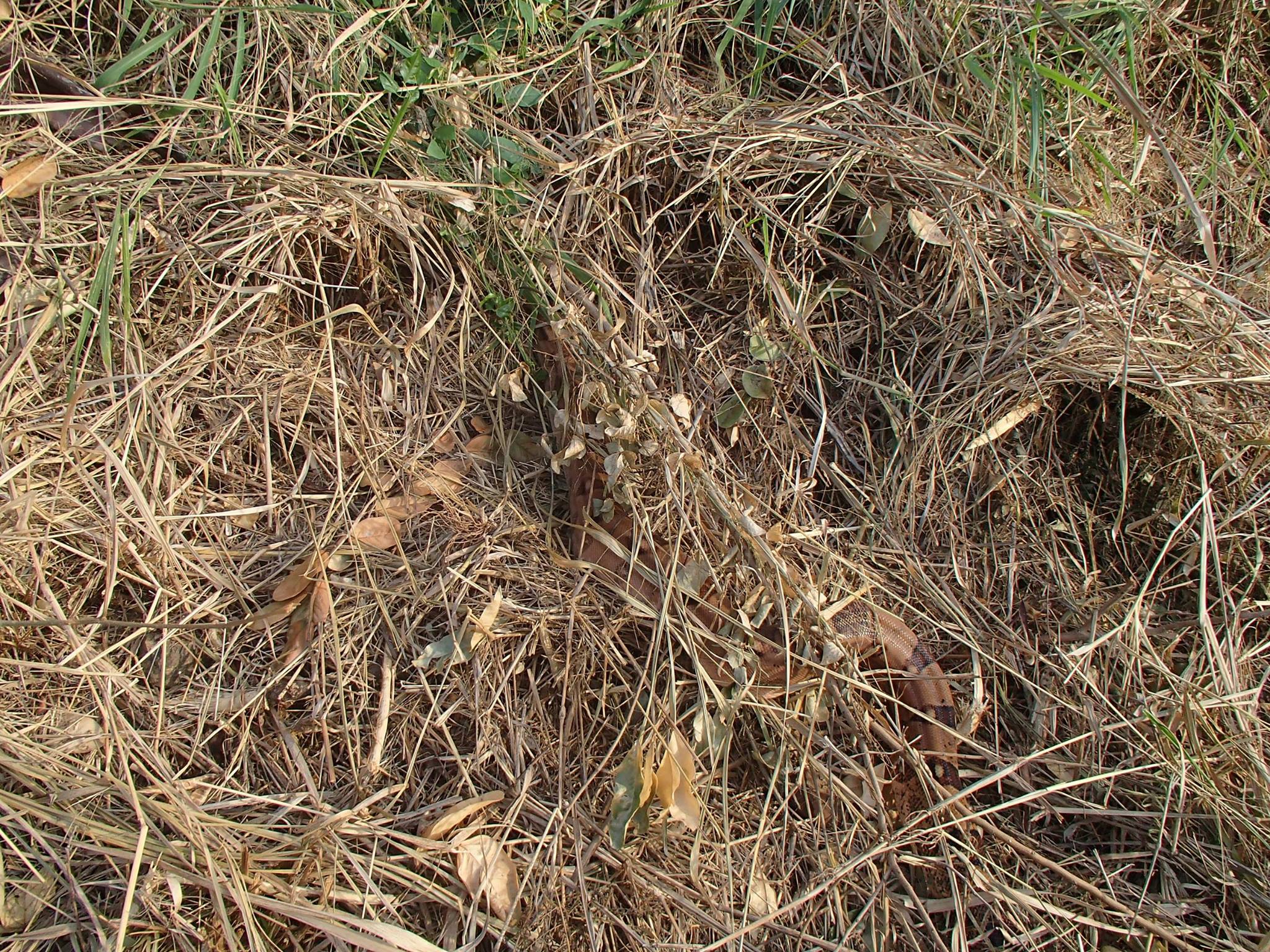
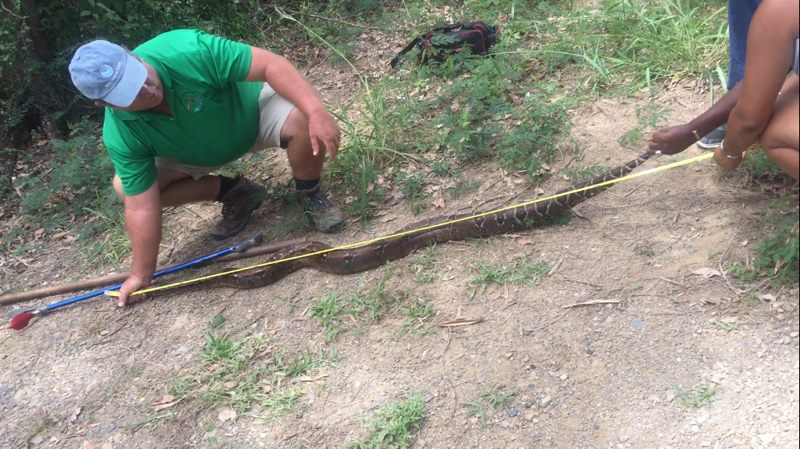
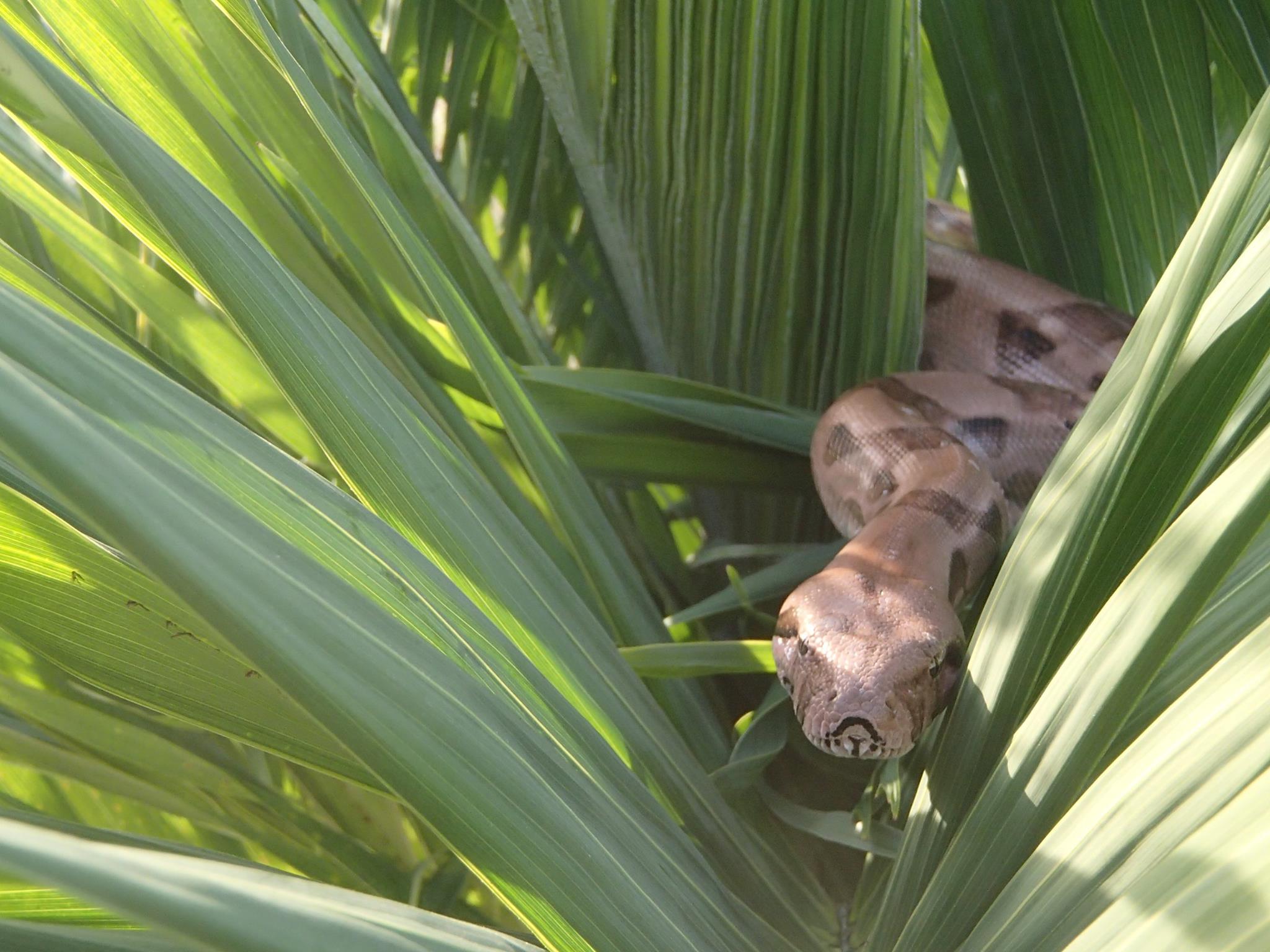
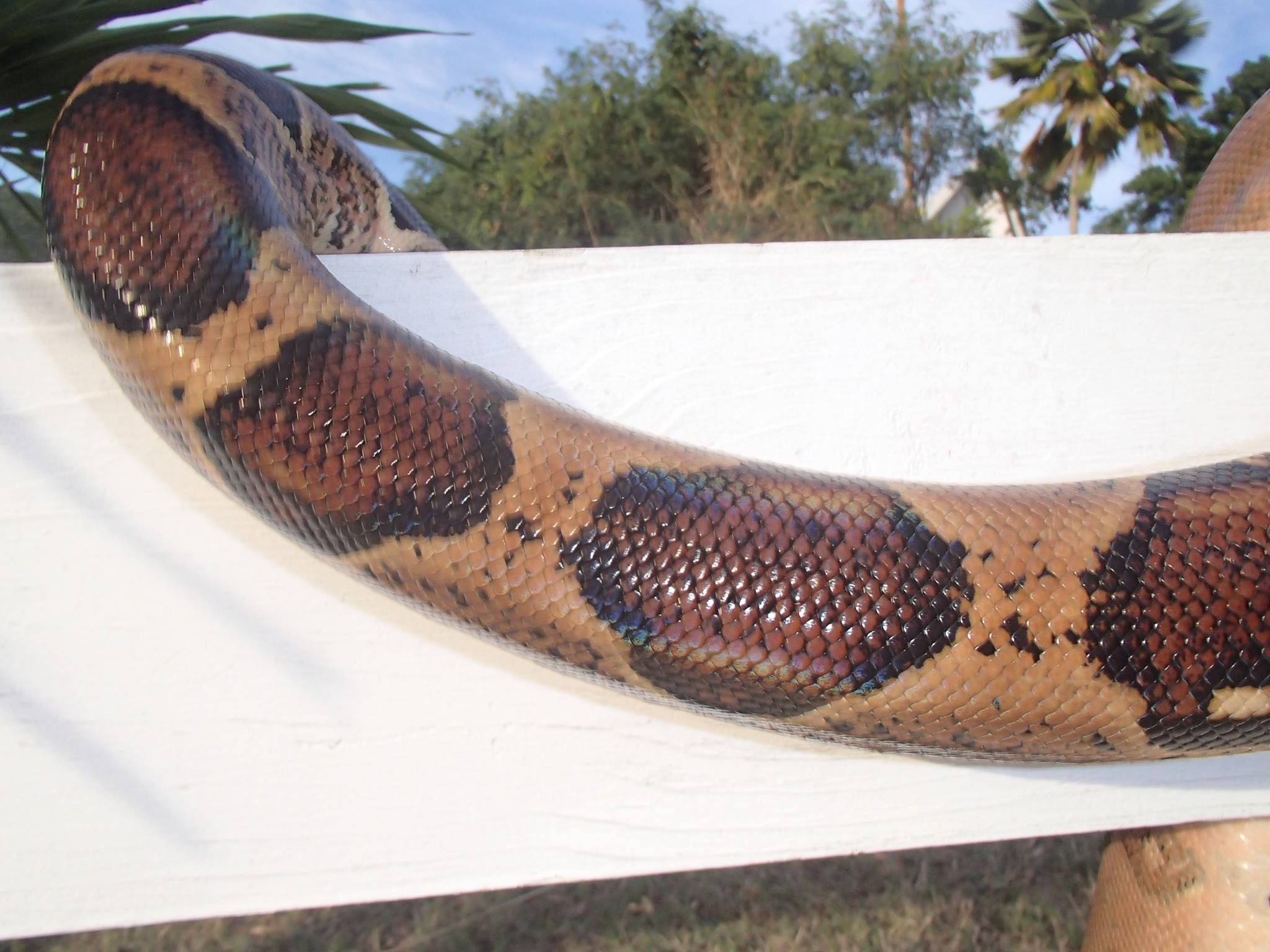
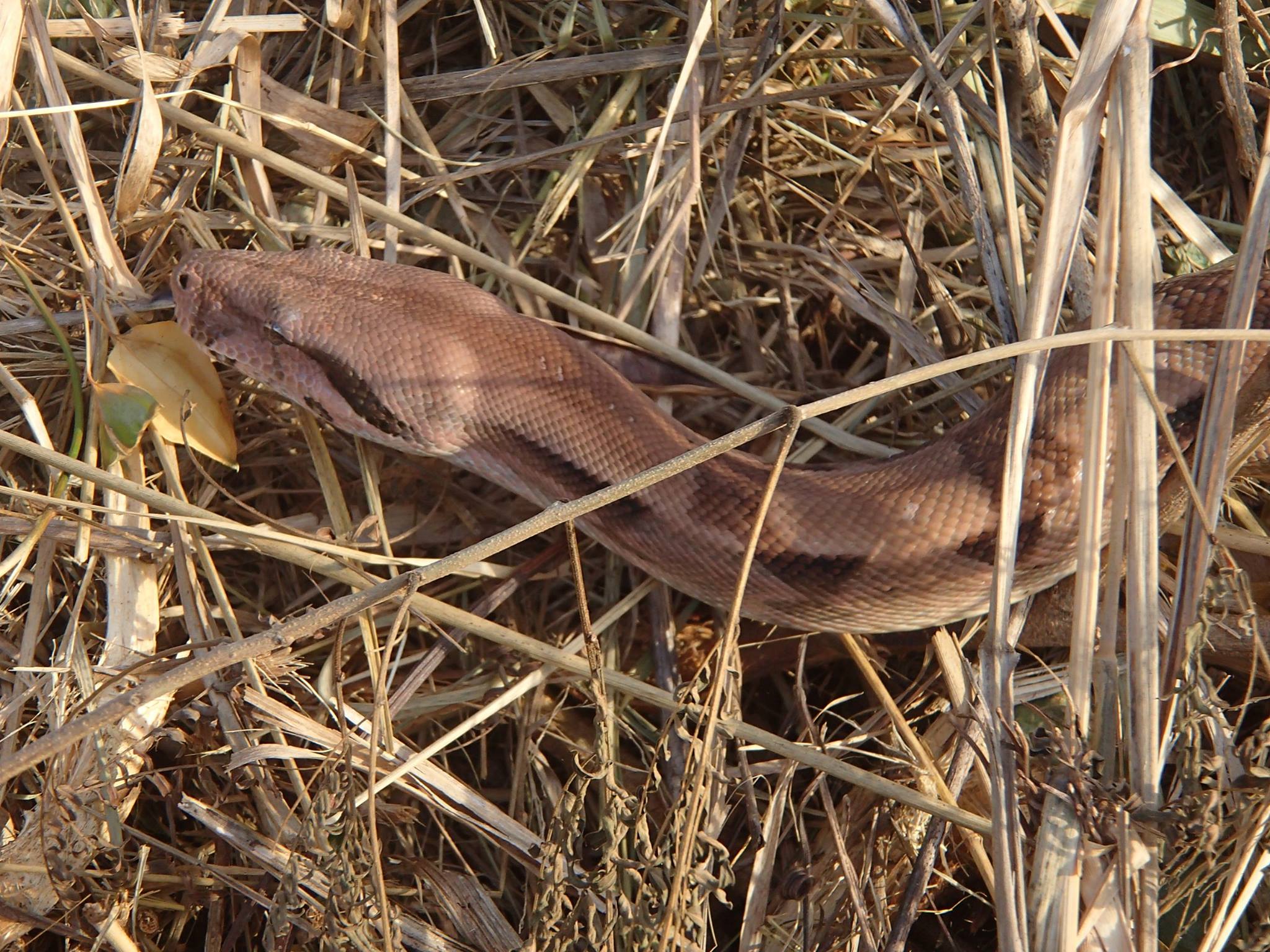
.jpg)
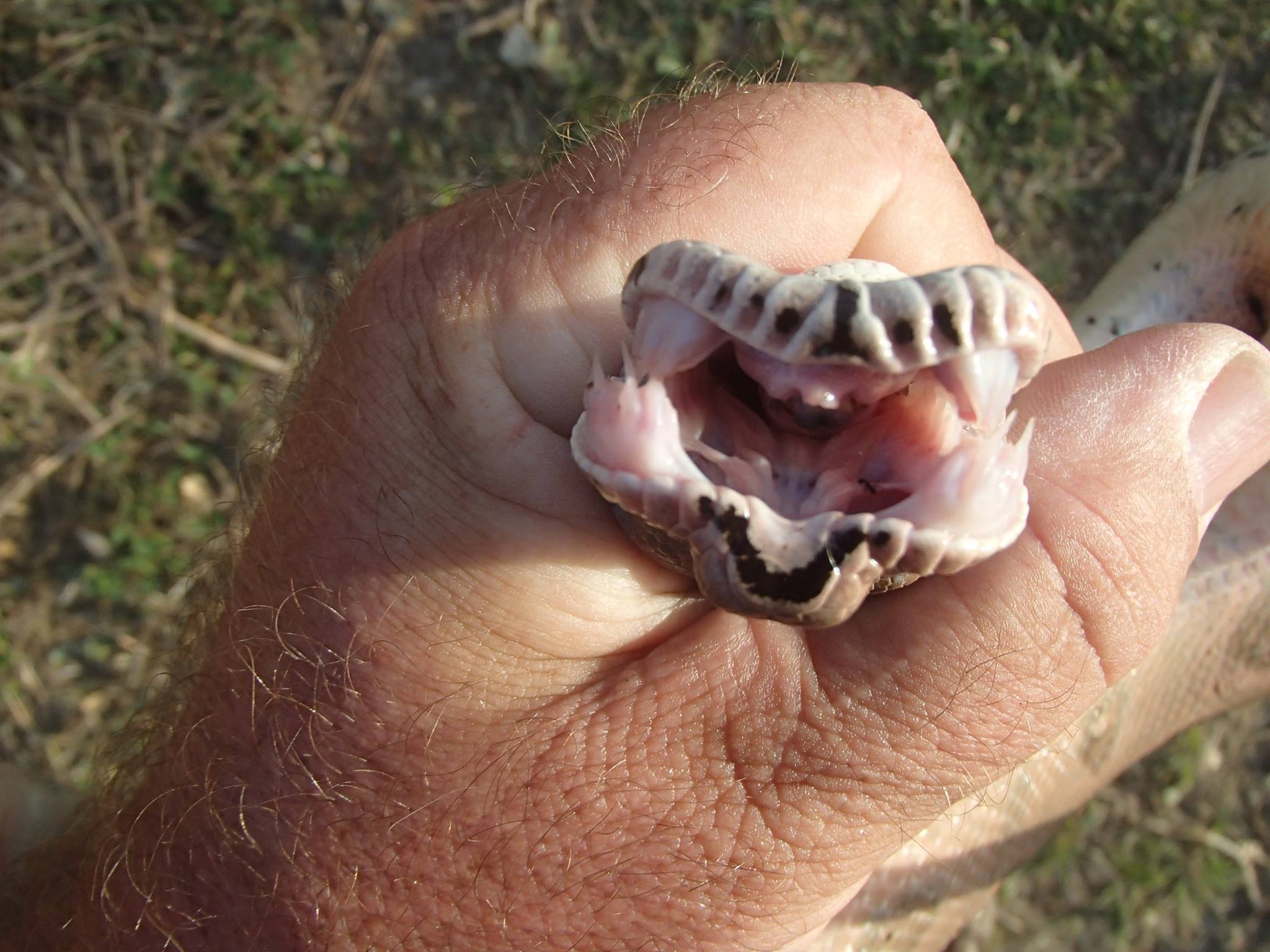
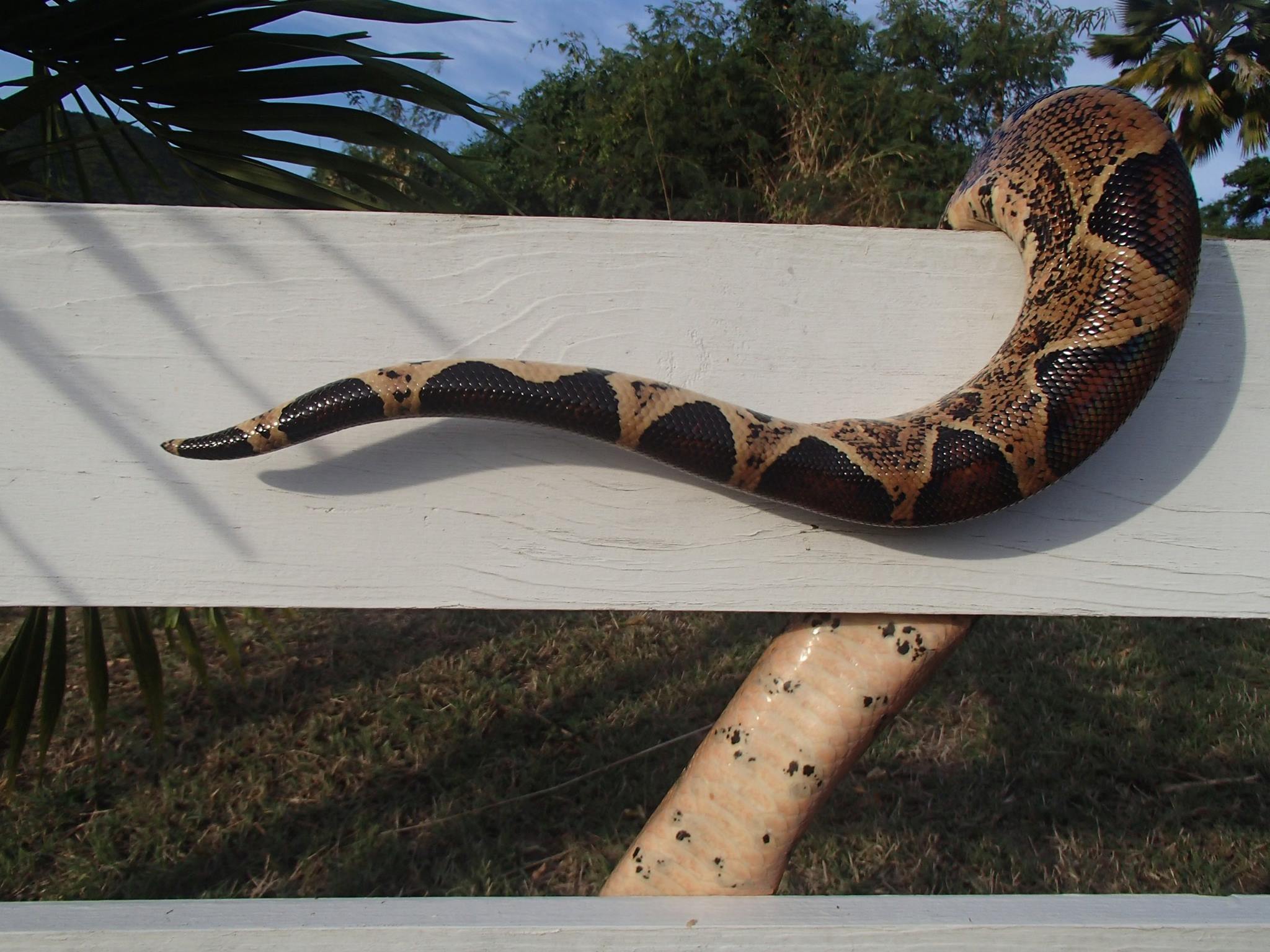
Videos
Great information from William Coles about the Red Tail Boa's on St. Croix.
7 foot 6 inch boa from near Butler Bay. 28 embryos inside, look at the heart beat!!! This was a dead snake brought to the Fish and Wildlife office, and the embryos were still viable. This is why every snake should be reported and brought to Fish and Wildlife. We need to work together to help manage this snake problem.
News 2 report about the Boa's on St. Croix.
Prevention - Snakes are looking for areas (habitat) that are advantageous for their survival. This means they would like a source of water, food and shelter. Ideal shelter for a snake is thick shrubbery, piles of rock, broken rock walls, hillsides with holes and crevasses under tree roots, tall grasses, piles of junk, tires, and garbage. The easiest way to keep a snake away from your home or property is to make the area unattractive to them. Snakes will look for areas favorable for their continued survival. This means the snake will want sufficient shelter, water and food if it is to become a permanent resident. When you landscape around your house, keep the base of plants weed-free and open. It will reduce the chances of snakes, and their prey, from frequenting your property. Poor choices in landscaping and poor manicuring of your property can encourage snakes and their food to stay. Tire disposal has long been a problem in the Territory. Environmental experts consider abandoned tires as one of the primary ways that mosquitos continue to spread diseases in our communities. Now we have more to worry about than mosquito borne diseases. In 2016, an 8'6" long red tailed boa was captured in an abandoned tire along the side of the road. This snake was only seen because its head was sticking up, out of the tire. The tire provided a secure and warm place for the snake to hide. Unfortunately, tires and piles of trash make good habitat for invasive snakes and other nuisance species. Please, make sure you properly dispose of your trash.
To give yourself the best chance of having a snake-free home:- Clean up the yard - remove piles of junk, debris, tires, lumber, dense, ground level brush, etc.
- Take steps to repel rodents. Often, a snake problem starts with a rodent problem. Take appropriate steps to repel rodents.
- Remove food sources for the snakes and their prey. Make sure your household trash is in a secure container that prevents dogs and cats from scattering the trash, and rats from feeding.
- Make sure your yard is free of dark, safe places for hideaways.
- Minimize shallow pools of water, which snakes use for hydration.
- Mow your grass. Keep the areas under hedges and around trees clear of overgrown foliage.
- Patch any holes in your house, garage, or shed. Cover any areas you need open with screens and/or vents. Snakes will seek cool interior areas in the heat of the summer and warm spaces when it's cooler. You don't want these comfort zones to be inside your property.
- Make sure your camping area stays clean.
- Remove spilled food and trash. Rodents are attracted to food by smell.
- Remove all food sources, make sure your trash is in a secure container that prevents dogs from scattering the trash and rats from feeding.
- Make sure your camp site is free of dark, safe places. Snakes seek these hideaways for shelter.
The Virgin Island Code -
Chapter 2. Protection of Indigenous, Endangered and Threatened Fish, Wildlife and Plants.
§ 105. Prohibited activities
(d) It shall be unlawful for any person to import or introduce, or cause the importation or introduction to the Virgin Islands of any species of plant or animal, which does not naturally occur in the Territory without the express written permission of the Commissioner.
TITLE 14, Crimes
Chapter 7. Animals and Birds.
§ 192. Importation of snakes
(a) Whoever imports into the Virgin Islands any snake of any kind, without the prior written permission of the Department of Agriculture, shall be fined not more than $500.
(b) Whoever wilfully frees within the Virgin Islands any snake of any kind shall be fined not more than $500.
Mongoose - On St. Croix we have the small Indian mongoose (SIM).
The small Indian mongoose (SIM) (Herpestes auropunctatus) is a small slim bodied weasel like mammal that originates from South Asia (Saudi Arabia to Southern China). They were introduced to St. Croix in 1884, from Jamaica, in an effort to control the rat population that was damaging to the sugar cane production. They are now considered one of the world's 100 worst invasive species.
Except in overpopulated regions the SIM prefers dry habitats. They seem to first populate flat grasslands, followed by dry scrub then forest habitats, with wetter areas being avoided. They will settle in moist and wet areas if the population in the drier areas it too high, or there is reduced food. They are found near human habitation, presumably feeding on the rodents and insects drawn to the garbage generated by the community.
SIM are opportunistic feeders, and the diet seasonally varies depending on availability of food/prey. They are well known to feed on small mammals, birds, reptiles, amphibians, fish, invertebrates and carrion, as well as fruits, seeds, tubers, roots and other plant material. Most of the diet is made up of invertebrates. The SIM are known to occasionally eat snakes, when easier food items are not available. The dietary flexibility of the SIM contributes to its success as an invasive species.
The SIM has a major impact on native species on the islands where they have been introduced. Most of the native wildlife evolved without predatory mammals so they are particularly susceptible to mongoose predation. This is very much like the Indo-Pacific Lionfish, the local fish do not know that it is a predator, so are not cautious or alert. Same thing happens (ed) to our local terrestrial species.
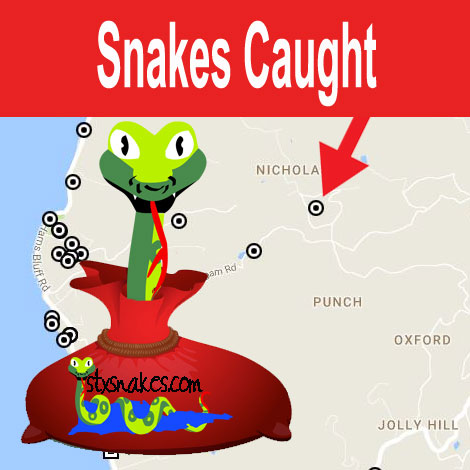
- Total 81 - since 2012
- 04/30/2018 1 boa caught in Prosperity
- 04/29/2018 1 boa caught in Rainbow Beach
- 04/24/2018 1 boa caught in Sprat Hall
- 04/04/2018 1 boa caught in Prospect Hill
- 03/26/2018 1 boa caught in Slob
- 03/22/2018 1 boa caught in Mars Hill
- 2018 16
- 2017 23
- 2016 32
- 2015 5
- 2014 1
- 2013 2
- 2012 2
Contact US -
F.A.Q. -
Are Red Tail Boa Constrictors indigenous to St. Croix?
No. It appears they have been illegally brought to St. Croix and then released as people have left the island.
News links about snakes on St. Croix -
St. Croix Source Article from February 21, 2017
VINow.com blog about Virgin Islands Critters
Island Journal Article - USVI government agency captures boa constrictor on St Croix from August 27th
末> 末> 末> 末> https://soundcloud.com/charli-34/dr-williams-cole-talks-snakes-on-st-croix Charlene Springer Here is the interview with Dr. William Coles about snakes on St. Croix
Get your own stxSnakes.com merchandise by clicking below
Wanted Poster
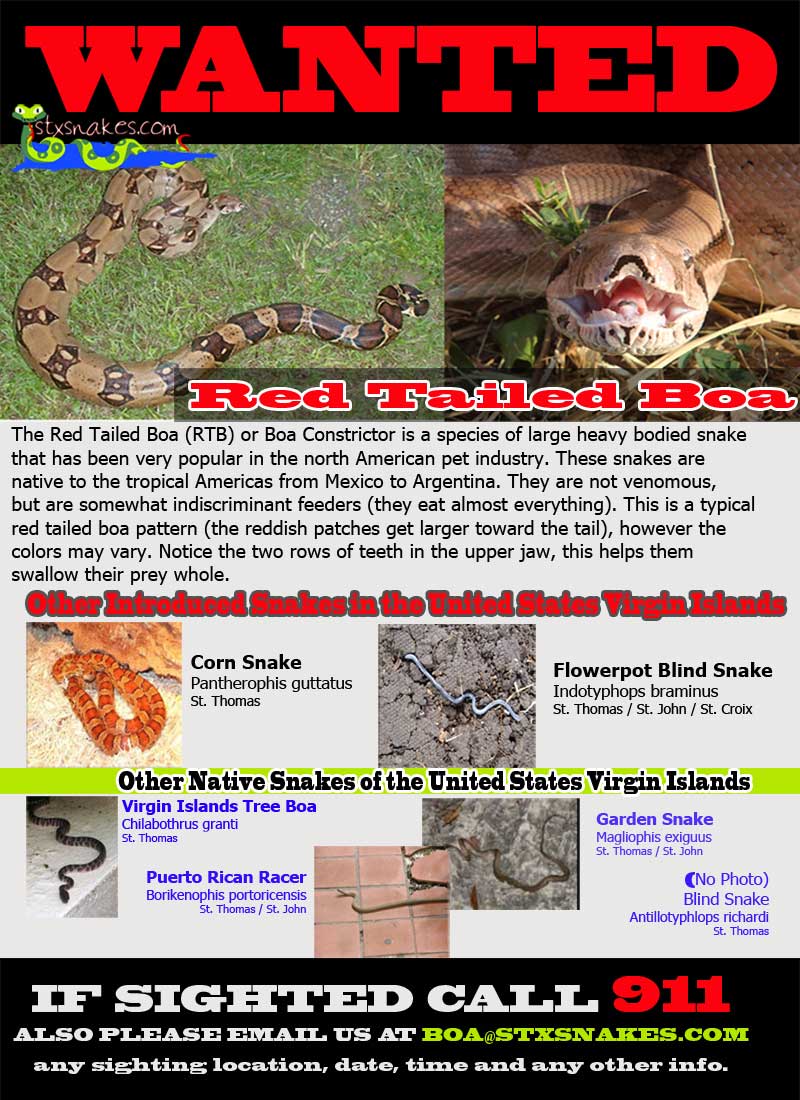
REMEMBER - Stay safe! If you see a snake, call 911!



